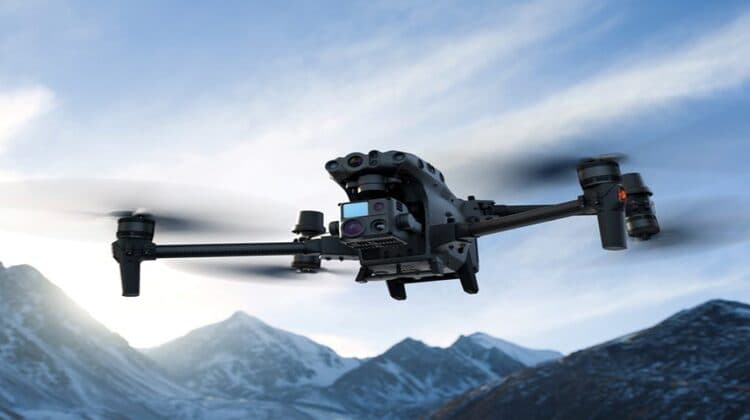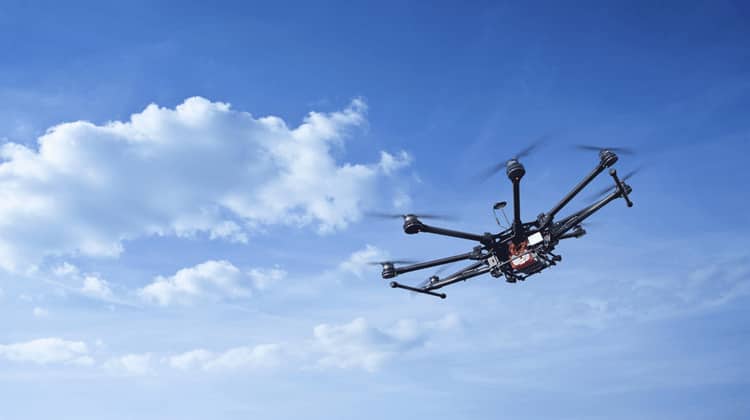10 Things To Know Before Flying The Drones
Embarking on your first drone flight is an exhilarating experience, offering a fresh perspective on the world around you. However, to ensure a successful and enjoyable journey, it’s essential to prepare thoroughly. Here are ten vital considerations to keep in mind before taking to the skies with your new drone:
1. Register Your Drone
In compliance with aviation regulations, register your drone with the appropriate authorities, such as the Federal Aviation Administration (FAA) in the United States or the Civil Aviation Safety Authority (CASA) in Australia. This step is crucial for ensuring accountability and adherence to legal requirements.
2. Familiarize Yourself with the Manual
Take the time to read the drone’s manual thoroughly. Understanding the controls, emergency procedures, and operational guidelines is essential for safe and effective flight. By familiarizing yourself with the manual, you can mitigate the risk of accidents and maximize your piloting skills.

3. Conduct a Pre-Flight Inspection
Before each flight, inspect your drone for any signs of damage or wear. Ensure that all components are securely attached, and remove any protective stickers obstructing vital features. A thorough inspection reduces the likelihood of technical issues and enhances overall safety.
4. Ensure Battery Readiness
Prioritize battery maintenance by fully charging all drone, controller, and mobile device batteries before departure. Monitor battery levels throughout the flight to prevent unexpected power depletion and potential emergencies. Additionally, assess battery performance under different payload conditions to optimize flight planning.
5. Update Apps and Firmware
Stay up-to-date with the latest software updates for your drone’s companion app and firmware. Updating these components minimizes the risk of technical glitches and enhances overall performance. Always verify app settings and firmware compatibility before initiating flight operations.

6. Know Local Regulations
Acquaint yourself with local drone regulations, including airspace restrictions, altitude limitations, and proximity rules near airports or populated areas. Adhering to these regulations fosters responsible drone operation and promotes airspace safety for all users.
7. Research Flight Locations
Identify suitable flight locations that align with regulatory requirements and offer ample space for maneuvering. Utilize designated apps endorsed by aviation authorities to identify controlled airspace, restricted zones, and other pertinent landmarks. Prioritize safety and respect private property boundaries when selecting flight venues.
8. Monitor Weather Conditions
Monitor weather forecasts to assess flying conditions and anticipate potential challenges. Avoid flying in inclement weather, high winds, or low visibility conditions to ensure safe and stable flight operations. Prioritize safety by selecting optimal weather conditions for your drone flights.

9. Choose an Open Practice Area
Opt for spacious, open areas for initial flight practice to build confidence and proficiency. Practice maneuvering the drone in different directions and familiarize yourself with controller responsiveness. Gradually introduce obstacles and challenges as you gain experience and improve your piloting skills.
10. Embrace Continuous Learning
Remember that mastering drone flight and photography is a journey that requires patience and dedication. Embrace the learning process, seek opportunities for practice, and continually refine your skills. By nurturing a growth mindset and prioritizing safety, you can unlock the full potential of your drone and enjoy countless rewarding flights.

Conclusion
By adhering to these essential preparations, you can embark on your maiden drone flight with confidence and peace of mind. Prioritize safety, comply with regulatory requirements, and embrace the learning process to unlock the endless possibilities of aerial exploration. Happy flying!
